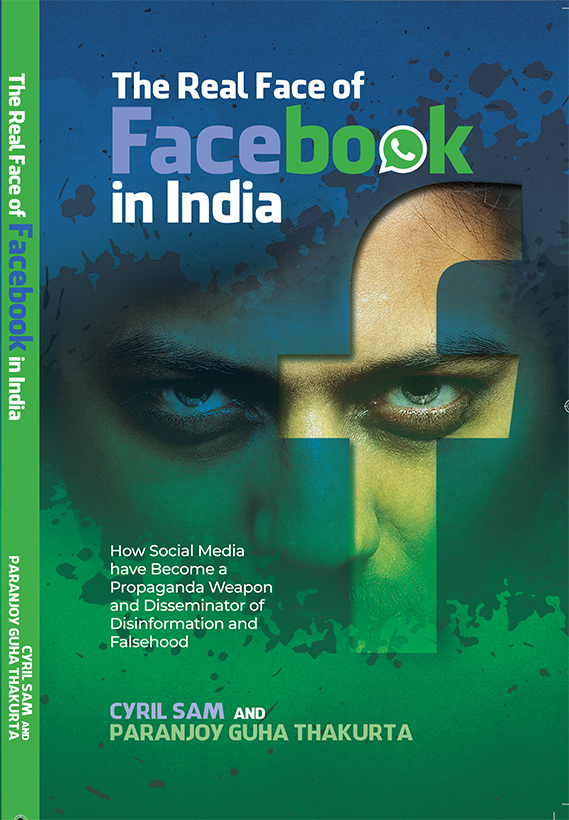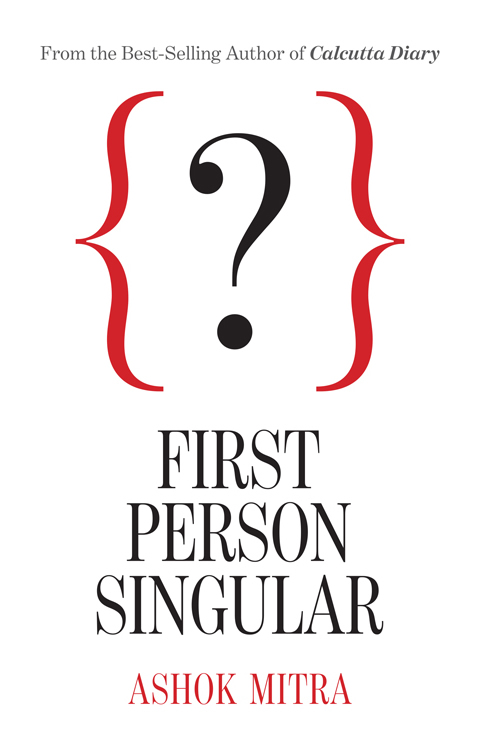With a substantial section of the Indian media choosing to hype the upcoming 16th General Election as an American presidential style contest between Congress Vice President Rahul Gandhi and Gujarat Chief Minister Narendra Modi, it is not surprising that popular interest in the controversial leader of the Bharatiya Janata Party (BJP) has grown exponentially in recent months. Predictably, two journalist-authors and their publishers have sought to ride the crest of this wave of interest about a person who is arguably the most divisive and deeply contentious political personality in India at present.
It is, of course, a separate matter altogether that Modi’s attempts to project himself as a potential prime minister of the world’s largest democracy may well come to nought and his endeavours at playing a wider role in national politics outside Gujarat may prove to be more bluff and bluster than hard realpolitik. It is also very likely that if he is indeed sought to be projected as the tallest leader of the BJP, he will run into considerable opposition from not just within his own party, but, more importantly, from within the National Democratic Alliance (NDA) coalition headed by the BJP. There is a real and present danger that the NDA may implode if Modi acquires the stature that he apparently seeks, an outcome that would likely result in the coalition’s next largest constituent, the Janata Dal (United) led by Bihar Chief Minister Nitish Kumar, breaking ranks with the BJP.
Even more significant is the fact that it will be extremely difficult — rather impossible — for a so-called national political party and one of its important leaders to aspire to lead a heterogeneous country like India on a Hindu nationalist agenda after alienating one out of seven of the country’s citizens who believe in some variant or the other of the Islamic faith. Despite his best efforts at wooing them in his state, Muslims in India have a visceral hatred for Modi and this is hardly a secret inside and outside the BJP. In fact, as many political analysts have argued, the best bet for the Congress is to have a strong Modi in Gujarat, for this automatically ensures that Muslims and a section of ‘liberal’ Hindus remain distant from the BJP.
As Kingshuk Nag points out right in the beginning of The NaMo Story — much shorter and more tightly written than Nilanjan Mukhopadhyay’s Narendra Modi: The Man, The Times — there is perhaps no one in the country who is indifferent to Modi: you either love him or you hate him. His personality is not amenable to dissection in nuanced shades of grey. There are no ‘ifs’ and ‘buts’ as far as the Gujarat chief minister is concerned. Nag is clear where he stands. He is certain (as is this reviewer, who has been quoted in The NaMo Story) that Modi will never ever be able to live down the fact that he presided over an administration that oversaw the genocide of at least 700 Muslims, most of them in Gujarat’s capital Ahmedabad, in a three-month period between late- February and early-May 2002. The ghosts of the not-too-distant past will invariably return to haunt Modi over and over again, no matter how hard he tries to change his public image to that of a go-getting, pro-business leader, the chief executive officer of an industrialised and commerce-friendly state. Some of his overtures have borne fruit: it is hardly surprising that he is the only leader who has been showered with so many accolades by corporate captains, who otherwise prefer to play coy about disclosing their preferences about political leaders.
Mukhopadhyay is more ambivalent in his condemnation of Modi, although it would be unfair to describe his book as either a hagiography or an authorised biography of Modi. He goes to great length to explain what motivated him to behave the way he did and what went through his brain when he chose to ask certain questions (and not ask others) while he interacted with the protagonist of his book. The author tries hard to establish his credentials as an objective political analyst. Given that he had written an earlier book on the December 1992 demolition of the Babri Masjid (The Demolition: India at the Crossroads), he has sought to situate the rise of Modi in the BJP in the broader historical context of the emergence of political Hindutva. That he should describe himself as persona non grata in Modi’s world is more a reflection of the intolerance of the Gujarat chief minister than the author’s attempt to portray the latter’s ‘human’ side.
But what is especially disappointing is that Mukhopadhyay has chosen to either completely ignore or play down substantially the views of certain individuals. Such people include the journalist-activist Teesta Setalvad and dancer-activist Mallika Sarabhai. One may or may not endorse their views, but for them to be ignored altogether in a book about Modi took this reviewer by surprise. Even stranger is the fact that there is hardly a mention in the book of a certain Maya Kodnani, former minister for women and child development in Modi’s government and state legislator from Naroda, who is now behind bars for her abhorrent role in the communal riots — the only woman and the only MLA to be convicted so far.
Nag, on the other hand, has highlighted how the Gujarat chief minister sought to become a votary of economic liberalisation and small government as he rose above his humble, low-caste origins in a relatively underprivileged family. The person who was not a particularly bright student in a nondescript school later became an ardent advocate of the use of ‘hi-tech’ in his election campaigns. From serving tea to wearing designer kurtas, the metamorphosis of Modi from a servile small-time party worker to a egoistic megalomaniac is documented. Nag also points out instances of corruption and crony capitalism in Modi’s government despite his claims of running a squeaky-clean administration.
Both authors have written about Modi’s ‘hidden’ wife to whom he was betrothed at a young age, but never lived with. And both books expectedly end somewhat abruptly. For Modi’s story is far from over. Nag rightly wonders if he was prescient when he told a gathering of well-heeled businessmen from across the world that he hoped to be meeting them again in the January 2015 edition of ‘Vibrant Gujarat!’


